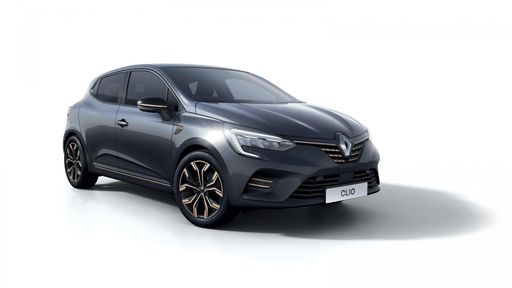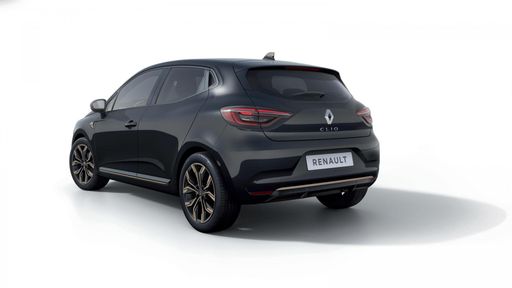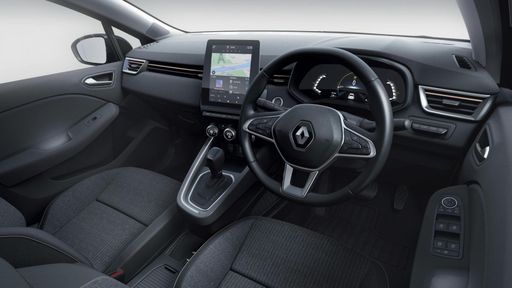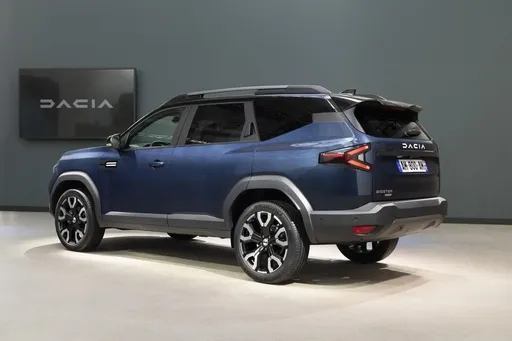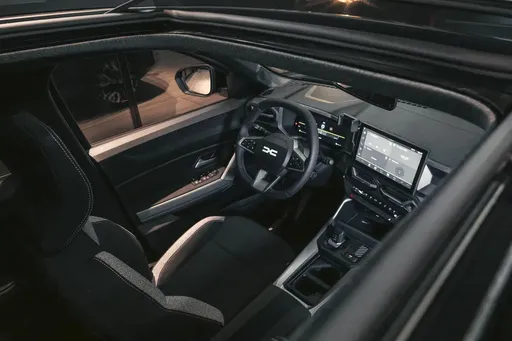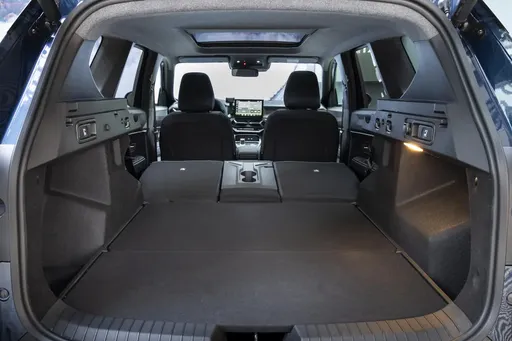Compact versus Capable: Renault Clio vs. Dacia Bigster
In the ever-evolving automotive landscape, car enthusiasts are presented with a myriad of options to fit various needs and preferences. Today, we put the Renault Clio and the Dacia Bigster under the spotlight to weigh their strengths and virtues. Both belong to distinctly different categories, with the Clio representing the beloved hatchback class while the Bigster takes its place in the SUV segment. Let’s delve into the specifics and innovations each offers.


